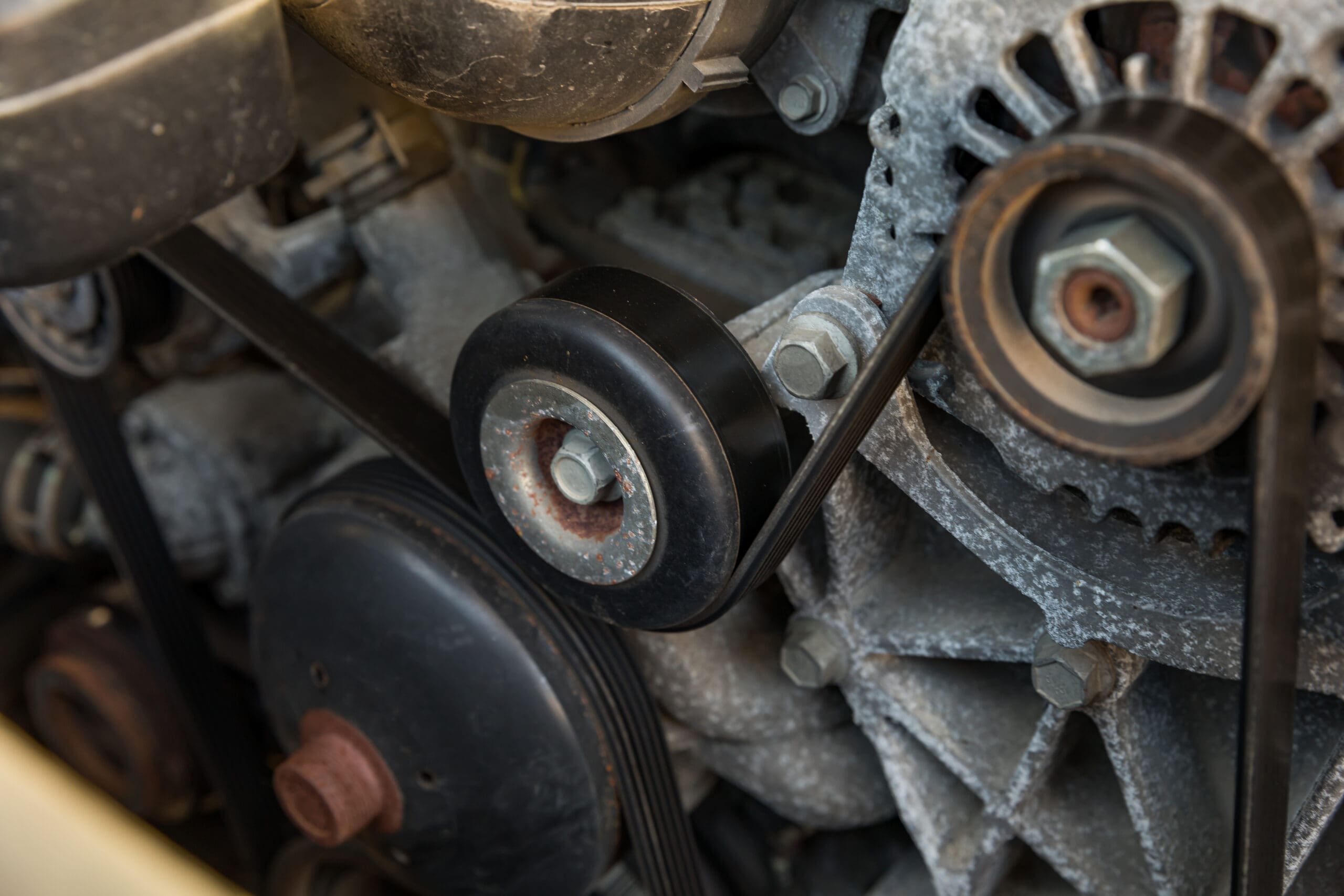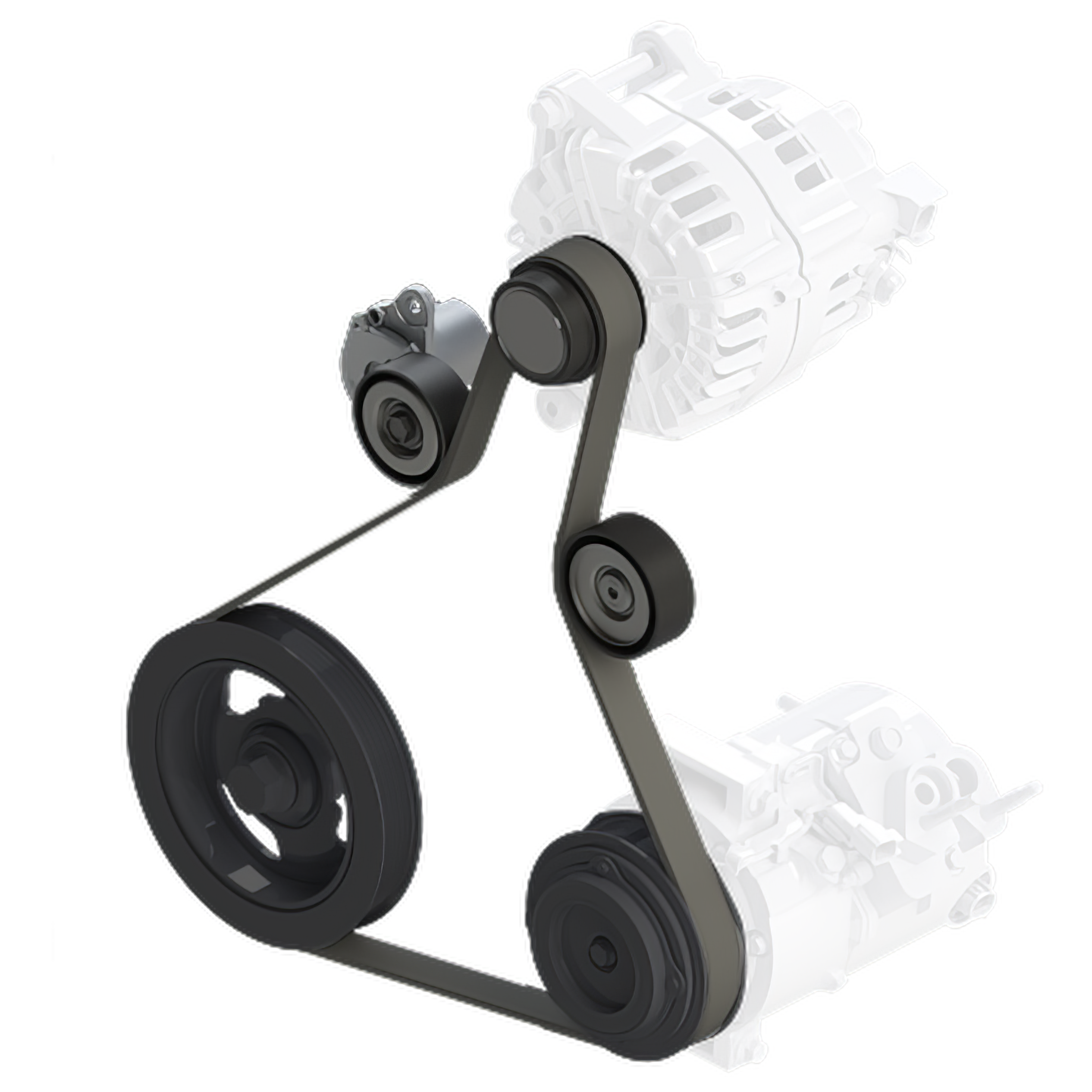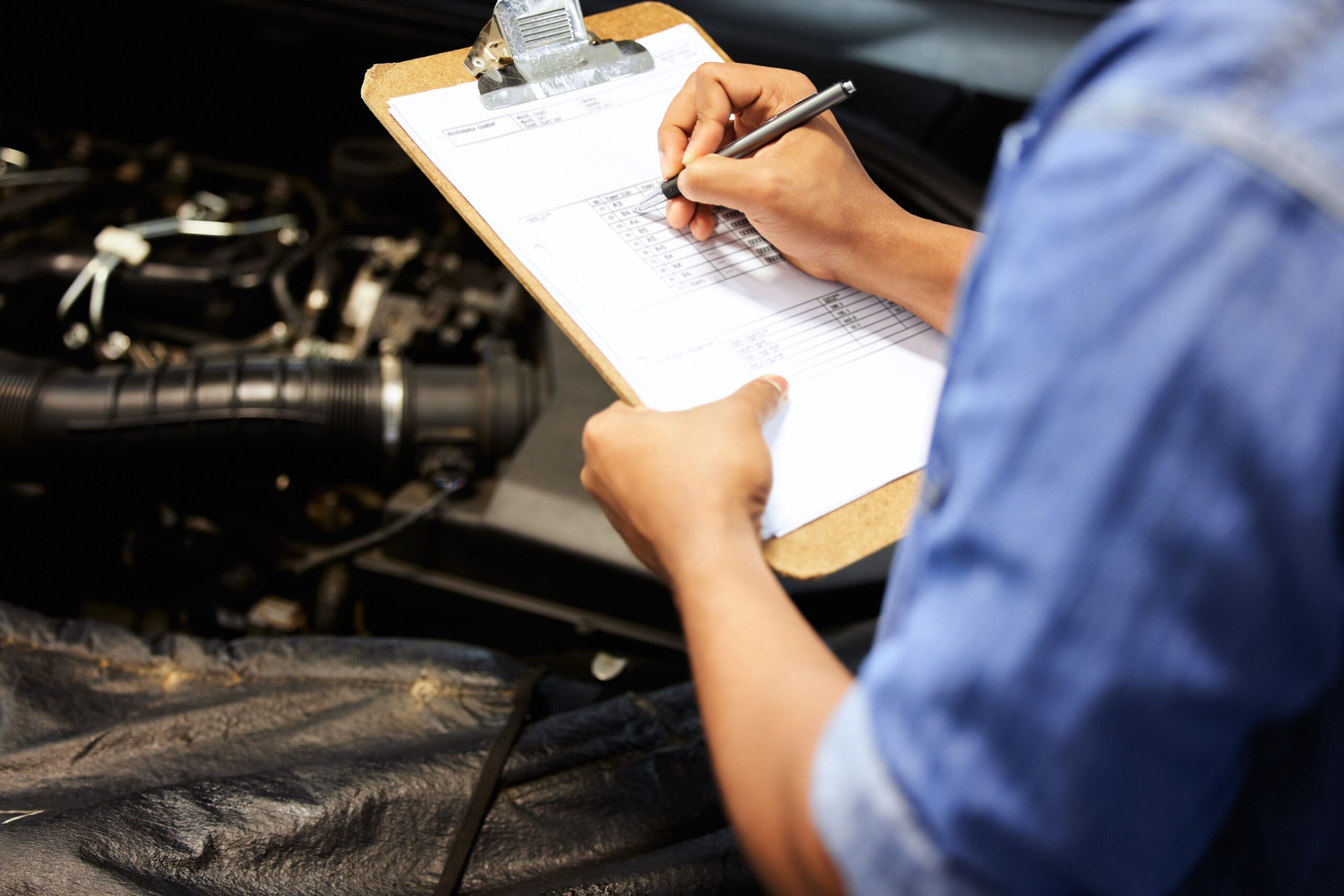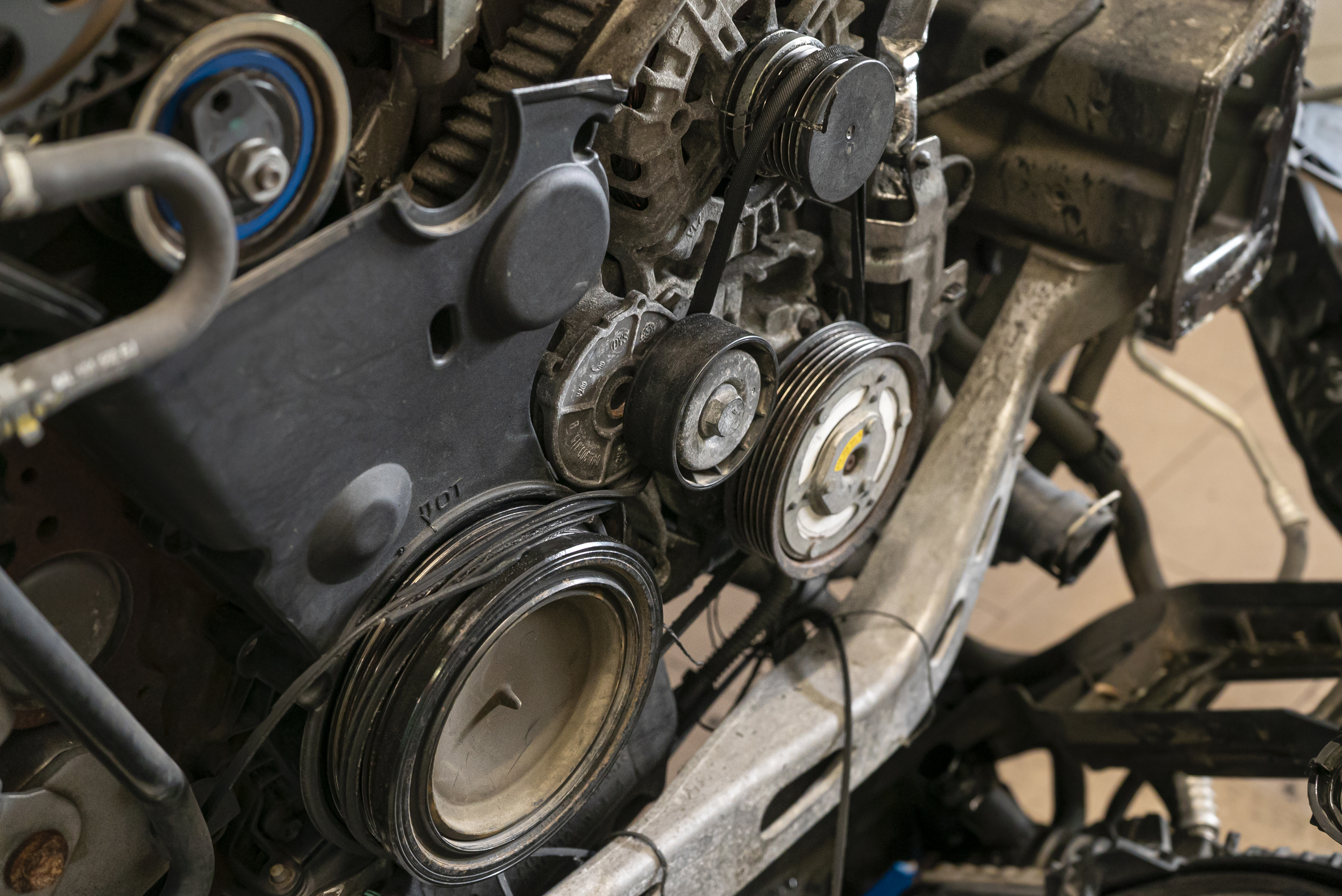
REPLACING A BELT? RESET THE SYSTEM
For a belt drive system to perform optimally, the system’s components must be properly maintained and in tune with each other throughout the lifespan of the vehicle. When it is time to replace the drive belt, it is also time to replace the drive belt system’s tensioners and pulleys. The system is properly reset when all components of the belt drive system, including the tensioner, idler pulley(s) and the belt, are all replaced at the same time.

DO THE JOB RIGHT – THE FIRST TIME
Only replacing the belt? Failing to fully reset the system can lead to imbalanced stress distribution, reduced overall system efficiency and premature wear of both the newly replaced parts and the remaining older components. This could result in increased friction, potential belt slippage and an elevated risk of component failure, ultimately compromising the entire belt drive system’s reliability and performance. Do the job right the first time so your customer can avoid extra repairs, costs and time spent in the bay.
Learn more about System Reset:
Litens OE Belt Drive System
Litens designs OE belt drive systems and components to last for a designated period of time and wear together. So, while that number also depends on miles driven and the number of vehicle starts/stops, the belt drive system typically runs for 100,000 miles before needing maintenance. As all of the system’s components are designed to work together, when the belt is due for replacement, it is more than likely that the rest of the components in the system are also due.




